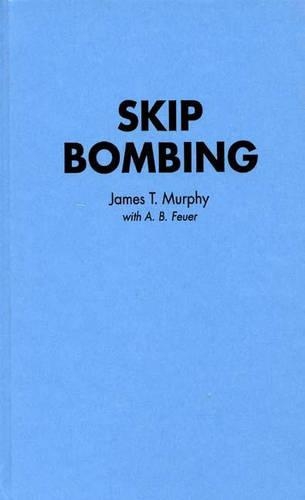
Skip Bombing
(Hardback)
Publishing Details
Skip Bombing
By (Author) James T. Murphy
Bloomsbury Publishing PLC
Praeger Publishers Inc
24th May 1993
United States
Classifications
General
Non Fiction
European history
Second World War
Modern warfare
Asian history
History of the Americas
Australasian and Pacific history
Biography: philosophy and social sciences
940.54
Physical Properties
Hardback
200
Description
Murphy was one of a very small number of volunteer pilots who, with their flight crews, started bombing at low altitudes in B-17 flying fortresses in the Southwest Pacific. The aircraft were flown at a 200-foot altitude and at 250 miles per hour at night. One-thousand pound bombs, equipped with four-to-five second fuses, were dropped from the B-17s. On March 3, 1943, the Japanese made a desperate move to re-supply their forces on New Guinea. Twenty-two cargo, transport, and war ships proceeded toward New Guinea using bad weather for cover. They were found in the Bismarck Sea. The Allied Air Forces--using skip bombing--sank all twenty-two Japanese ships. Murphy was credited with sinking nine Japanese ships during his year of combat, including one in the Bismarck Sea battle. Skip bombing became a tactic that helped the U.S. win the war in the South Pacific.
Reviews
Skip Bombing is 174 pages of straight-forward war stories of the type a WW-2 buff can listen to for hours. It also adds to the little-known history of the B-17 in the Pacific.-The Huntsville Times
"Skip Bombing is 174 pages of straight-forward war stories of the type a WW-2 buff can listen to for hours. It also adds to the little-known history of the B-17 in the Pacific."-The Huntsville Times
Author Bio
JAMES T. MURPHY retired from the United States Air Force as a Lt. Colonel in 1965. He served with the National Aeronautics and Space Administration at Marshall Space Flight Center in Huntsville, Alabama from 1965 to 1982. He was deputy manager of the Saturn V Program initially, then Director of Program Development for over ten years and Director of Administration and Program support when he retired.
